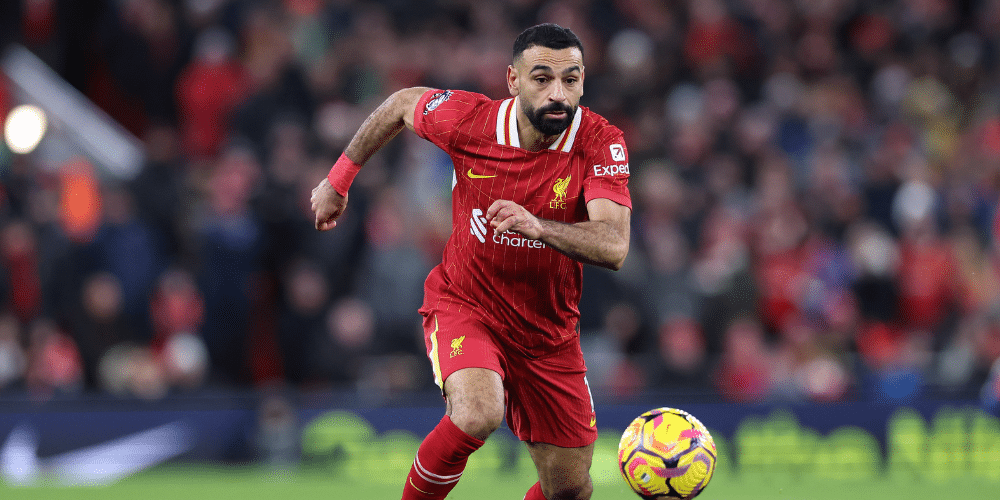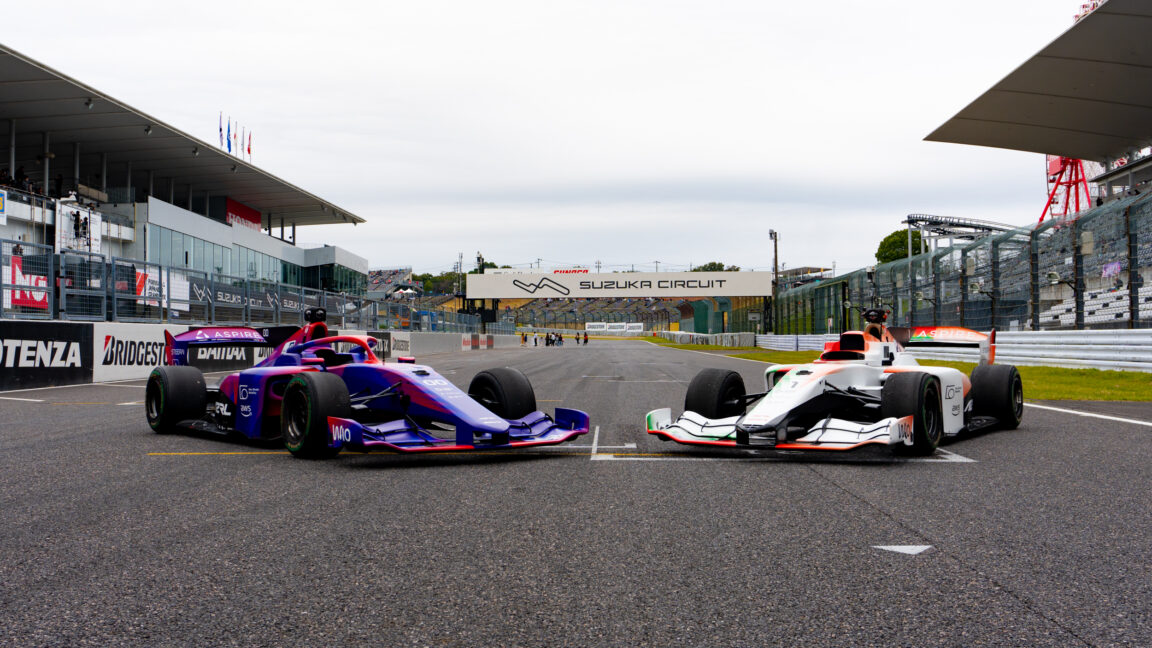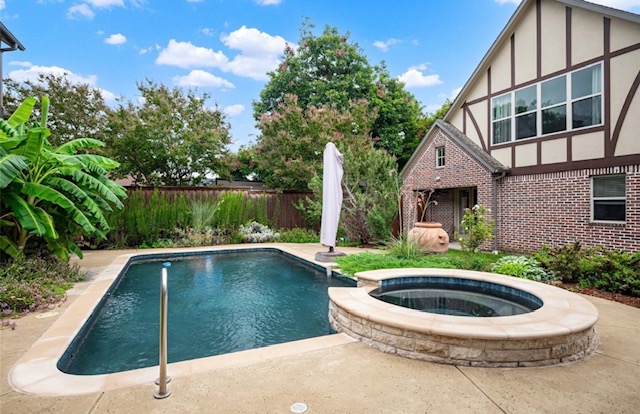Sports
We could sure use another Roy Hobbs around here

I still remember the theater: the Green Acres Triplex in Valley Stream. I remember it was a matinee and I did have to look that up — 4:35, because I’d have been in school for the 2 o’clock showing. And I remember the day — Thursday, June 7, 1984 — because the very next day my friends and I would join millions of others, standing in lines all around the country, to watch “Ghostbusters” the night it opened.
This one I was taking in solo, because I couldn’t drag even one of my sports-loving buddies to watch it with me.
And that’s how I was introduced to “The Natural.”
That spring of 1984, it was impossible — felt damn near illegal — to allow a weekend to go by without spending one night at the movies, because it was an endless parade of classics, one after the other, all of them very much available in the various triplexes and quadroplexes and multiplexes on Long Island (and, presumably, elsewhere in the world, though for me in June of 1984 the world consisted of Nassau County).
If you just wanted to binge-watch (though “binge-watching” wasn’t invented as a term yet) and theater-crawl (was “crawling” even a term then?) you could take in, over the course of a few days that week, “Indiana Jones and the Temple of Doom,” “Sixteen Candles,” “Star Trek III: the Search for Spock,” “Splash,” “Police Academy,” “Footloose,” and “Romancing the Stone.” And that was before “Ghostbusters” and “Gremlins,” which opened together on June 8.
“The Natural” had already done fairly well, opening at No. 1 on May 11, staying there for two weeks. But it was easy to get lost in that barrage of blockbusters. And somehow the movie had eluded me for a month. I was also anxious to watch because a favored English teacher of mine had urged me to read the book, by Bernard Malamud, one of a series he’d unofficially recommended to me (starting, not surprisingly, with “Catcher in the Rye”) that weren’t included in the reading-list curriculum.
I was an easy mark. I was prepared to be blown away.
I was blown away.
And 40 years later, I continue to be.
Forty years later, in fact, I think what sports could use — maybe more than anything — is the kind of sports movie that blows you away in the theater, that makes you want to stay in your chair for two more showings, that makes you understand in a visceral yet almost inexplicable way why sports means so much to us.
And it’s funny:
One of the great joys of this career is that I’ve made some interesting pen pals through the years. One of them is Barry Levinson, the man who directed the “The Natural” (along with “Diner,” along with “Rain Man,” along with “Bugsy,” and we could keep going on and on and on). When we have gotten together to talk, I usually wear him out with questions about Shrevie and Boogie while he speaks eagerly about his Orioles and Ravens. And I once asked him a question that had been on my mind since the first time I’d seen “The Natural” on June 7, 1984.
Remember, I’d read the book first. And a lot of book-firsters had the same issue: in the book, Roy Hobbs strikes out at the end. Did Levinson have difficulty switching the ending?
(Spoiler alert: in the movie Hobbs most decidedly does not strike out.)
And Barry Levinson looked at me as if I’d just suggested that Brooks Robinson would’ve been better off playing catcher, that John Unitas would’ve been a fine pulling guard.
“Forget that you’ve just invested two hours in Roy Hobbs,” he said. “You’ve just invested two hours watching Robert Redford. Do you really want to see Robert Redford strike out?”
Of course we don’t. We don’t want Robert Redford to strike out against Young John Rhoades, the Nebraska farm boy, we don’t want Carlos Beltran to strike out against Adam Wainwright, and we don’t want Reggie Jackson to strike out against Bob Welch.
Sports in real life, if we are being truthful, overdoses on the real. The Knicks lose Game 7. The Rangers lose Game 6. The Mets have lost six games in a month in which they led after eight innings. The standings insist the Yankees have lost 19 times this year, though it’s hard to remember any of them. The Jets have been the Jets for 56 uninterrupted years. We can’t do anything about real life.
So Hollywood balances the ledger. We want Roy Hobbs to destroy a light tower, and he does. We want Jimmy Chitwood to swish the final shot, and he does. We want Reg Dunlop and the Charlestown Chiefs to win the Federal League and they do (though they take a different path than most). We want Rocky to win the belt and eventually he does. We want Paul Crewe and the Mean Machine to beat the guards, and they do. We want Loudon Swain to pin Shute, and he does.
Yes.
Call the endings corny (they are) or sappy (absolutely) or contrived (every time). It still almost always beats real life, where sometimes DeSean Jackson beats you with a walk-off punt return and sometimes the Pacers shoot 117 percent in Game 7. We wade through all of that for a few scraps of happiness. Hollywood just makes the process a little easier. Yes. We could use another Roy Hobbs. On the double.










